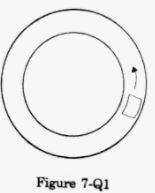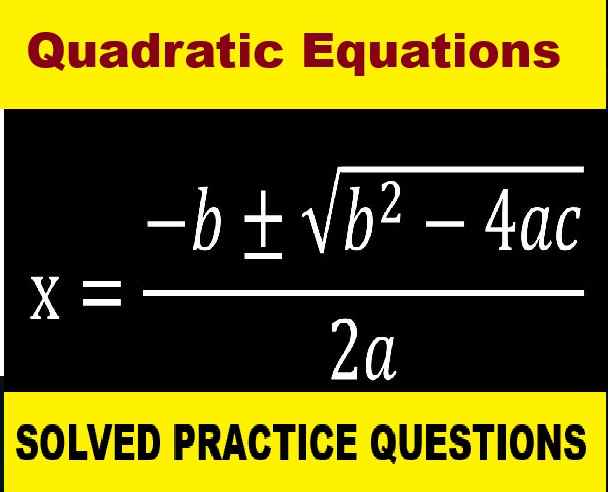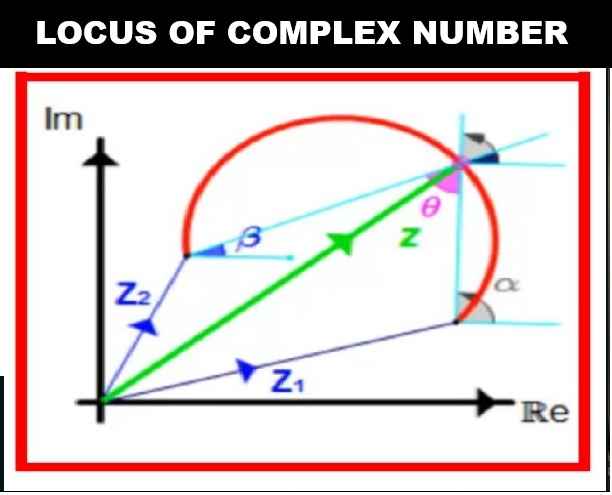Circular Motion HC Verma Que for Short Ans Solutions Ch-7 Vol-1 for Class-11. Solution of Questions for short answer, with Numericals. Step by step Solutions of HC Verma Class-11 Ch-7 Circular Motion Questions for short answer Volume- 1 (Concept of Physics). Visit official Website CISCE for detail information about ISC Board Class-11 Physics..
Circular Motion HC Verma Que for Short Ans Solutions Ch-7 Vol-1
| Board | ISC and other board |
| Publications | Bharti Bhawan Publishers |
| Ch-7 | Circular Motion |
| Class | 11 |
| Vol | 1st |
| writer | H C Verma |
| Book Name | Concept of Physics |
| Topics | Solution of Questions for short answer |
| Page-Number | 111, 112 |
-: Select Topics :-
Question for Short Answer (Currently Open)
Objective-I
Objective-II
Exercise
Question for Short Answer
Circular Motion HC Verma Que for Short Ans Solutions Ch-7 Vol-1
(Page- 111, 112)
Question-1 :-
You are driving a motorcycle on a horizontal road. It is moving with a uniform velocity. Is it possible to accelerate the motorcycle without putting higher petrol input rate into the engine?
Answer-1 :-
Yes, it is possible to accelerate the motorcycle without putting higher petrol input rate into the engine by driving the motorcycle on a circular track.
Question-2 :-
Some washing machines have cloth driers. It contains a drum in which wet clothes are kept. As the drum rotates, the water particles get separated from the cloth. The general description of this action is that “the centrifugal force throws the water particles away from the drum”. Comment on this statement from the viewpoint of an observer rotating with the drum and the observer who is washing the clothes.
Answer-2 :-
The person rotating with the drum will observe that centrifugal force and coriolis force act on the water particles and the person washing the cloth will observe that water particles are thrown outward (away from the drum) and no pseudo force is acting on the particles.
Question-3 :-
A small coin is placed on a record rotating at ![]() rev/minute. The coin does not slip on the record. Where does it get the required centripetal force from ?
rev/minute. The coin does not slip on the record. Where does it get the required centripetal force from ?
Answer-3 :-
The coin gets the required centripetal force from the frictional force between the coin and the record.
Question-4 :-
A bird while flying takes a left turn, where does it get the centripetal force from ?
Answer-4 :-
The bird tilts its body and tail in such a way that the air around offers a dragging force in left direction, perpendicular to its initial direction of motion. This dragging force provides the necessary centripetal force to take the left turn.
Question-5 :-
Is it necessary to express all angles in radian while using the equation ω = ω0 + at ?
Answer-5 :-
If ω (angular velocity) and α (angular acceleration) are in rad/s and rad/s2, respectively, we will get the angle in radian.
Question-6 :-
After a good meal at a party you wash your hands and find that you have forgotten to bring your handkerchief. You shake your hand vigorously to remove the water as much as you can. Why is water removed in this process?
Answer-6 :-
While shaking, our hand moves on a curved path with some angular velocity and water on our hand feels centrifugal force in the outward direction. Therefore, water get detached from our hand and leaves it.
Question-7 :-
A smooth block loosely fits in a circular tube placed on a horizontal surface. The block moves in a uniform circular motion along the tube. Which wall (inner or outer) will exert a nonzero normal contact force on the block?

Answer-7 :-
The outer wall will exert a non-zero normal contact force on the block. As the block moves in a uniform circular motion, centrifugal force in radially outward direction acts on it and it comes in contact with the outer wall of the tube.
Question-8 :-
Consider the circular motion of the earth around the sun. Which of the following statements is more appropriate ?
(a) Gravitational attraction of the sun on the earth is equal to the centripetal force.
(b) Gravitational attraction of the sun on the earth is the centripetal force.
Answer-8 :-
(a) Gravitational attraction of the Sun on the Earth is equal to the centripetal force. This statement is more appropriate.
Gravitational attraction of the Sun on the Earth provides the necessary centripetal force required for the circular motion of the Earth around the Sun.
Question-9 :-
A car driver going at some speed v suddenly finds a wide wall at a distance r. Should he apply brakes or turn the car in a circle of radius r to avoid hitting the wall?
Answer-9 :-
As the wall is at a distance r, the driver should either take a circular turn of radius r or apply brakes to avoid hitting the wall.
Question-10 :-
A heavy mass m is hanging from a string in equilibrium without breaking it. When this same mass is set into oscillation, the string breaks. Explain.
Answer-10 :-
When the same mass is set into oscillation, the tension in the string increases because of the additional centripetal force of the mass oscillating in a curved path.
— : End of Circular Motion HC Verma Que for Short Ans :–
Return to — HC Verma Solutions Vol-1 Concept of Physics
Thanks


